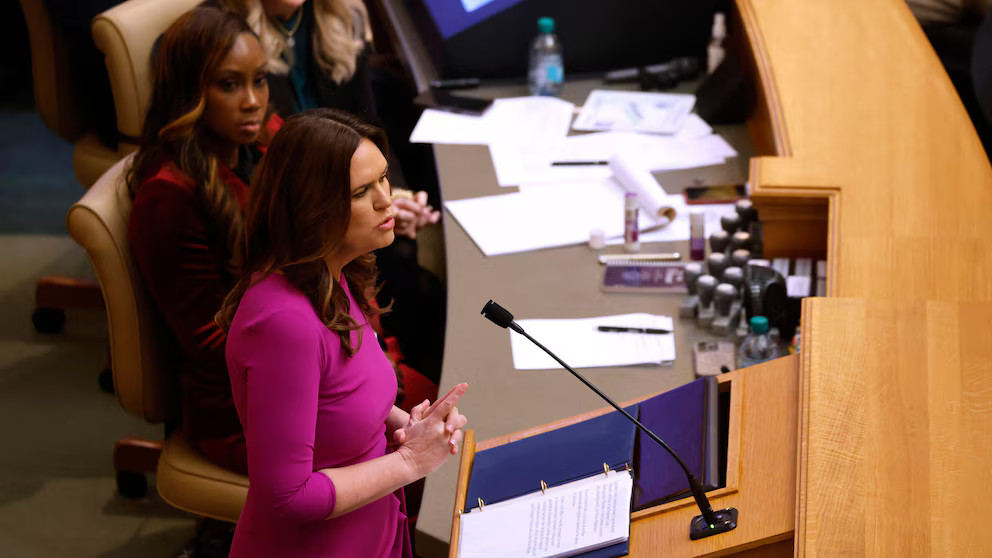Federal Student Loan Changes Prompt New Payment Strategies for Borrowers
Federal student loan borrowers face new payment challenges as government caps and program changes take effect in 2024. Recent policy shifts require students to adopt strategic approaches to manage their debt burden effectively.
Income-driven repayment plans offer immediate relief for struggling borrowers. The updated Income-Driven Repayment (IDR) programs now cap payments at 5% of discretionary income, down from previous 10% requirements. This change affects approximately 4.6 million current borrowers nationwide.
Loan consolidation provides payment flexibility through combining multiple federal loans into one manageable payment. Borrowers can extend repayment terms up to 30 years, significantly reducing monthly obligations. The Department of Education processes consolidation applications within 60 days.
Employer assistance programs expand payment options as more companies offer student loan benefits. Over 17% of employers now provide loan repayment assistance, with average contributions reaching $2,400 annually per employee.
Automatic payment enrollment reduces interest rates by 0.25 percentage points for federal loan borrowers. This autopay discount applies to all federal loan types and saves borrowers an average of $600 over a 10-year repayment period.
Public Service Loan Forgiveness (PSLF) streamlines qualification requirements for government and nonprofit workers. Recent program updates allow more payment types to count toward the required 120 qualifying payments, expanding forgiveness opportunities for eligible borrowers.
These strategies help borrowers navigate changing federal loan policies while maintaining affordable monthly payments.










